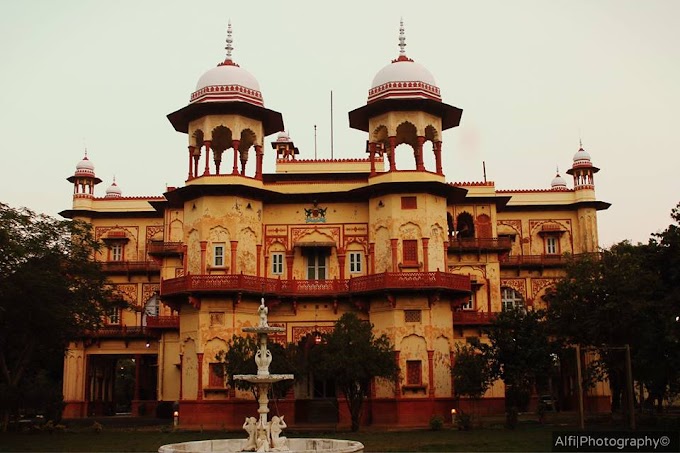1. The Mars Orbiter Mission (MOM) which is also known as Mangalyaan is a planned Mars orbiter, was launched in November 2013 by Indian Space Research Organisation (ISRO). The mission aims to develop the technologies required for design, planning, management and operations of an interplanetary mission.
2. This mission probe is set to lift-off from first launch pad at Sriharikota, Andhra Pradesh, using a Polar Satellite Launch Vehicle (PSLV) rocket PSLV C-25 at 2:38 pm on November 5, 2013. The launch window available is for about 20 days starting 28 October.
3. This will be country’s first mission to Mars and the official countdown for blast-off of the Indian orbiter, Mangalyaan, began at 06:08 am on November 3, 2013.
4. Mangalyaan’s on-orbit mission life is between six and ten month.
5. The spacecraft structure and propulsion hardware configurations are similar to Chandrayaan 1, which was country’s first successful robotic lunar probe that operated from 2008 to 2009, with specific improvements and upgrades needed for a Mars specific mission.
6. Mylswamy Annadurai is the programme director and S Arunan is the project director and SK Shivkumar, director, ISRO Satellite Centre will oversee design and development of the Orbiter.
7. Assembly of the PSLV-XL launch vehicle, designated C-25, started on 5 August 2013. The integration of the five scientific instruments was completed at ISRO Satellite Centre, Bangalore, and the finished spacecraft was shipped to Sriharikotta on 2 October 2013.
8. The satellite’s development was completed in a record 15 months.
9. On October 19, 2013, ISRO chairperson K Radhakrishnan announced that the launch had to be postponed by a week due to delay of a crucial telemetry ship reaching Fiji Islands. The launch was rescheduled for November 5, 2013.
10. The primary objective of the mission is to showcase country’s rocket launch systems, spacecraft-building and operations capabilities.
11. Another crucial objective is to explore Mars’ surface features, morphology, mineralogy and Martian atmosphere using indigenous scientific instruments.





0 Comments